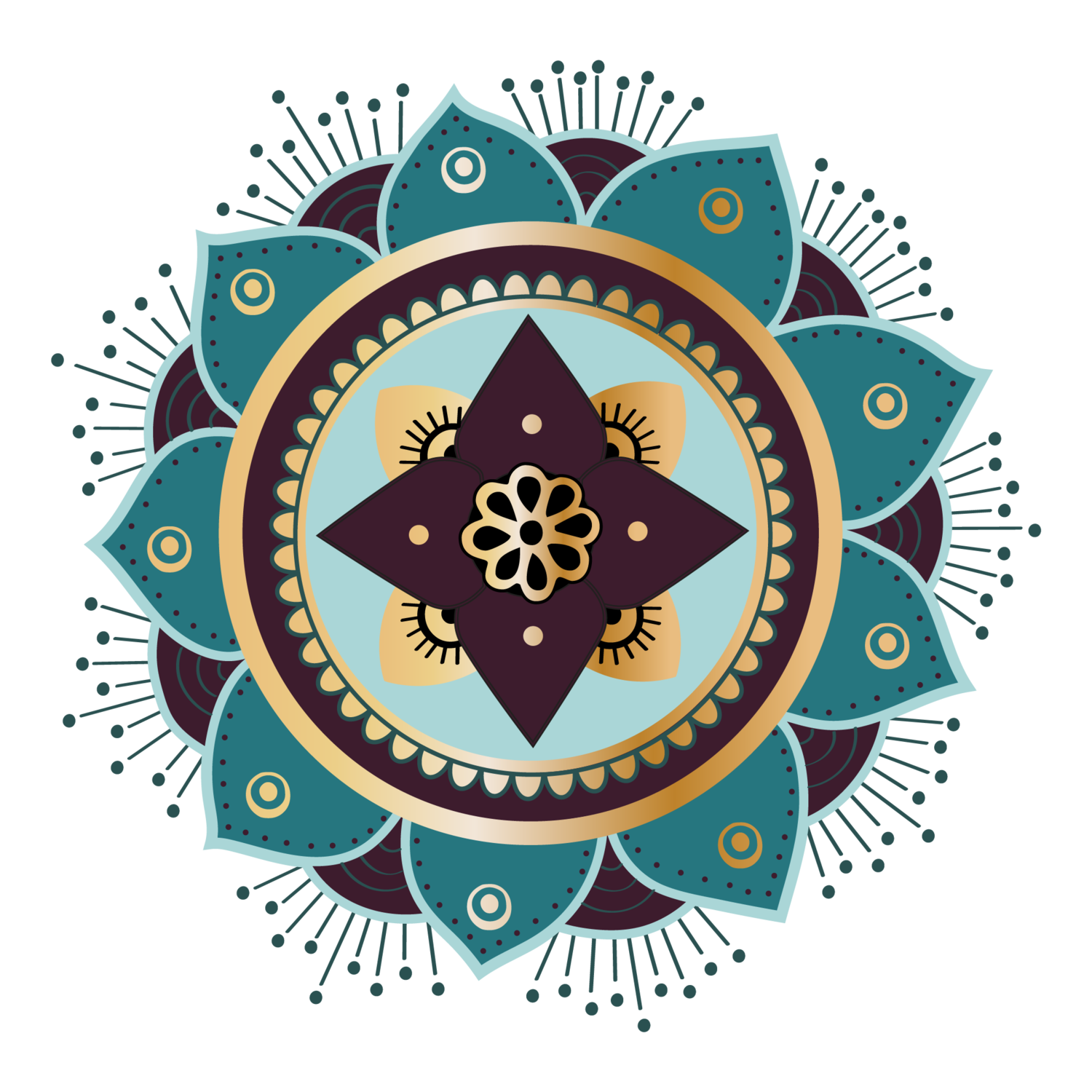As written for Tampa Bay Wellness Magazine
By Nicole J. Miller
You may have heard a story from a good friend who received a traditional cupping treatment while traveling in China, or perhaps you recall when Olympic swimmer Michael Phelps was questioned about the mysterious circles that decorated his shoulders. Cupping therapy often strikes curiosity as its popularity increases in the Western world. So, what is cupping and who can benefit from this type of treatment?
Healing by the use of cups has origins in ancient China, Egypt, Greece, and Europe. Traditionally, glass cups are placed upon the body using heat, which creates a suction mechanism. The cups remain on the body for a varied amount of time depending on the need and comfort of the recipient. Because of the suction, the skin is pulled away from the underlying muscle, which stretches the layer of fascia in between. Fascia is essentially a dense web that connects our soft tissue structures in the body – such as skin, muscles, and organs. Muscular tension causes the fascial layer to become constricted, which prevents proper movement and repair of damaged tissues. The cups allow for blood and lymphatic fluid to be rushed to specific areas of the body, especially in areas of pain or injury. Blood circulation increases, which creates an all-over rejuvenation of the body system.
The circles that remain after cupping are not defined as bruises, but rather painless broken capillaries which are a result of the suction. The broken capillaries stimulate the activation of phagocytes – the mechanism in the body that diminishes unhealthy and dead cells. Areas that are especially dark often indicate a problematic area and a need for more focus in that specific region of the body, which allows for a comprehensive treatment regimen as the indications of the body are studied by the practitioner.
Imagine an injury – either old or new – finally experiencing relief from daily stress or pain. Especially when paired with massage, cupping therapy can be useful in relieving tension headaches, myofascial pain syndrome, neuralgia, muscle strain, muscle weakness, chronic pain, joint pain and stiffness, and many other conditions of the body. After initial healing has occurred, cupping can be used near surgery sites to prevent scar tissue, allowing the surrounding muscles to relax and heal. Gentle realignment of the skeletal system can occur as the cups assist in relaxing the surrounding muscles, which often relieves discomfort. Cupping therapy is in the process of being scientifically studied to understand more deeply how the treatment method assists the body in structural repair.
Over time, multiple forms of cupping treatments have been developed. Silicone cups are an ideal option for beginners to become accustomed to the sensation of cupping, and are very useful in conjunction with detoxification because they can stimulate the release of fluids and toxins which are trapped in the tissues. Individuals who are quitting a smoking habit or undergoing a dietary transition may find relief in allowing years of built up toxins to be released from the body. Glass cupping can be practiced either with fire to create heat, or with a manual suction pump that pulls the air out of the cup once it is placed upon the body. Talking with a practitioner about the available methods and safety factors can be helpful to optimize the benefit of the recipient.
Finding a well educated and licensed massage therapist who has been trained in cupping therapy is essential for a safe and effective treatment. In-home treatment sessions are ideal for cupping, because traveling to and from a clinic can be problematic if the treatment creates a need for rest or a rush of energy within the body as the structural and energetic systems begin to realign. Treatments within the home of the recipient allow the individual to stay within their own comfort zone to stretch or simply take a nap following a cupping session. A feeling of comfort and safety encourages the positive psychological response to massage and cupping, which stimulates physical healing. The body is one's most permanent possession on this planet, and caring for the body is an essential part of life. Many view healing as a luxury, when in reality it is a necessity. Finding a modality that resonates with the body is a gateway to discover true healing, and experiencing the ancient tradition of cupping could reveal a new world – unbound to pain!

